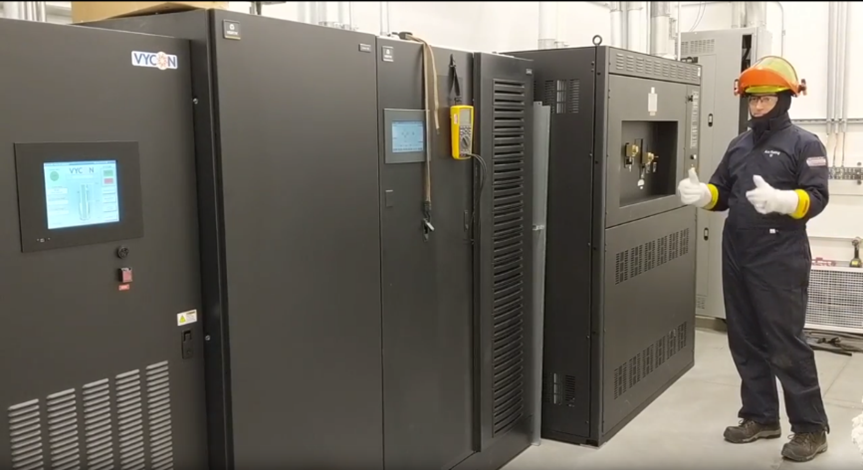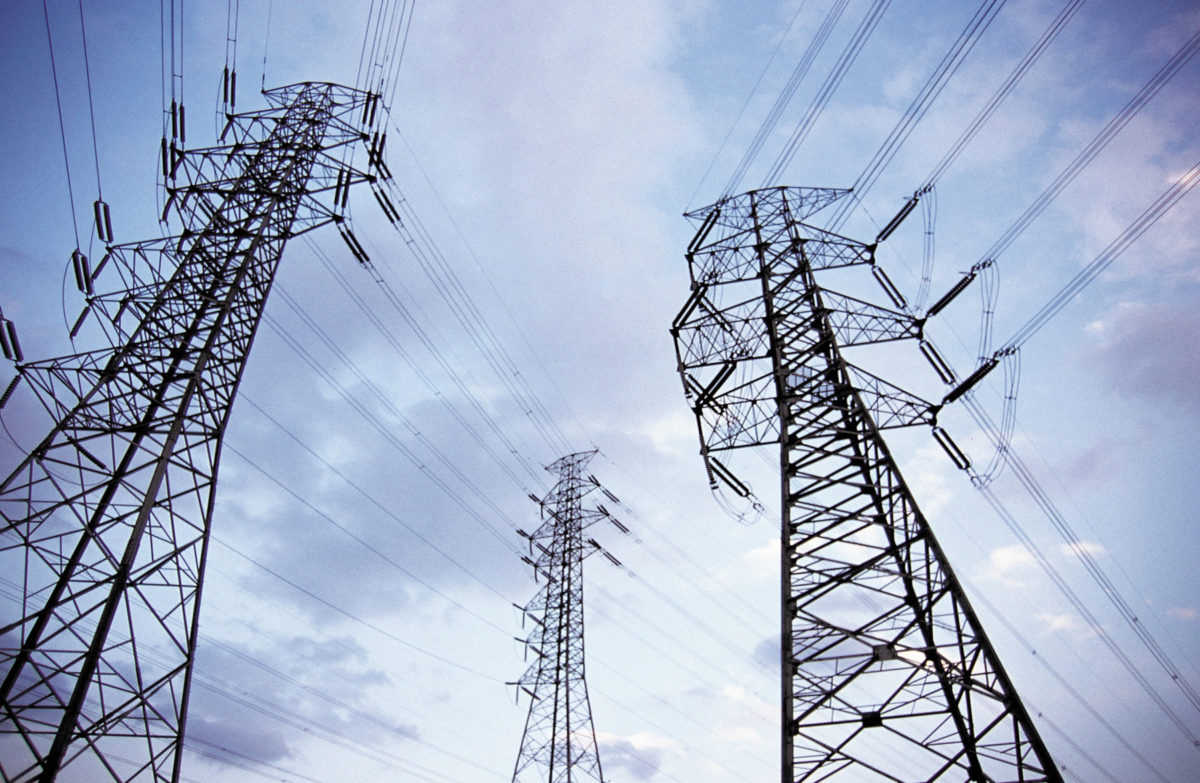If anything, the COVID-19 global pandemic has taught us that “business as usual” has been upended and new and different thinking is required. This especially rings true for today’s enterprise, cloud and colocation facilities handling the data explosion resulting from remote workers, virtual classrooms and events, telemedicine, video streaming, social media and a myriad of other processes. And, as 5G rolls-out, Artificial Intelligence, Machine Learning and IoT data will further challenge the IT infrastructure.
To illustrate this, according to Synergy Research Group, “Worldwide spending on data center hardware and software reached $41.4 billion in the second quarter of 2020, fueled by a 25 percent spending spike by public cloud providers like AWS, Google and Microsoft up 7 percent year over year.” Sid Nag, research vice president at Gartner, noted, “For the remainder of 2020, organizations that expand remote work functionality will prioritize collaboration software, mobile device management, distance learning educational solutions and security, as well as the infrastructure to scale to support increased capacity.”
With this accelerated IT infrastructure focus, electrical power feeding the data center must be “always-on” as any disruptions will cause havoc in our heightened state of everything digital.
The Costs of Power Outages are Increasing
The costs of unplanned power outages are rapidly increasing. According to the Ponemon Institute, which has been tracking the price tag of data center power outages since 2010, “the average cost of an outage has steadily increased from $505,502 in 2010 to $740,357 in 2016 (or a 38 percent net change).” Given today’s state of digital reliance, one can only conclude that the costs in 2020 and beyond will be even higher.
As part of the study, Ponemon captured direct and indirect costs, including:
- Damage to mission-critical data
- Impact of downtime on organizational productivity
- Damages to equipment and other assets
- Cost to detect and remediate systems and core business processes
- Legal and regulatory impact, including litigation defense cost
- Lost confidence and trust among key stakeholders
- Diminishment of marketplace brand and reputation
And it is not just the data center that’s vulnerable to outages, all mission-critical applications – from medical facilities to industrial plants, transportation systems, defense, and microgrids all require reliable power for continuous operation.
The Power Grid is Better, But We have a Ways to Go
The resilience of the electric grid in many parts of the U.S. is still very questionable. In California, heat, fires and utility-mandated blackouts that mitigate fire spread or control demand peaks can be a big problem. Even though strides have been made in modernizing the grid – helped through the American Recovery and Reinvestment Act (ARRA) of 2009 along with grants and private investments, grid reliability continues to be a challenge. According to the Union of Concerned Scientists’ recent blog, “…the U.S. needs to invest in our bulk electricity transmission system to relieve congestion, update aging infrastructure, and carry new renewable energy to load. We need investments in our electric distribution systems and workforce to accommodate widespread rooftop solar and new energy efficiency and flexible demand technologies.”
Powering the Mission-Critical Infrastructure
According to Verified Market Research, the Global Data Center Power Market was valued at USD $17.45 Billion in 2019 and is projected to reach USD $28.44 Billion by 2027, growing at a CAGR of 6.32 percent from 2020 to 2027. Today’s data center operators spend a considerable sum on power systems to ensure 24/7 operational continuity. However, with more energy-efficient systems available – such as energy storage – the Total Cost of Ownership (TCO) decreases while efficiencies increase.
The ongoing move by operators of enterprise and mid-to-large-sized data centers as well as colocation and hyperscale facilities to incorporate energy-efficient and lower-cost power systems are driving considerations for innovative ideas. Not surprisingly, data center operators and facility managers typically take what they view as a “no-risk” approach to protecting their IT infrastructure. The need for more efficient power protection has driven major UPS vendors to make significant advancements in their 3-phase systems including, efficiencies up to 99 percent, modular power electronics, scalable designs and much smaller footprints. A critical component to the UPS is the DC energy storage system, which requires special consideration.
Chemical-Based Energy Storage
Valve-Regulated Lead-Acid (VRLA) batteries have long been the go-to for UPS energy storage. They are proven and have a lower upfront purchase cost than other battery technologies. However, they have many downsides, including:
- Failures – In the Ponemon study, they discovered that 55 percent of unplanned data center outages and one-third of UPS failures were caused by VRLA batteries
- Short life – Frequent replacements
- Cooling requirements
- Frequent testing and maintenance needs
- Space and weight constraints
- Recycling and disposal compliance
- Acid-leak containment
Some of the major UPS companies offer Lithium-ion batteries as an energy storage option. And, while they have a higher energy density and longer life than VRLA batteries, they have disadvantages as well:
- Safety – Per the NFPA 855 standard, Lithium-ion batteries must include an approved Battery Management System (BMS) with thermal runaway management to mitigate fires
- Real estate – Three feet of clearance around battery cabinets is required to mitigate fire spread
- Cost – While initial costs can be more than double VRLA batteries, even taking into account increased cycle life, they can still have a total cost of ownership nearly 20 percent higher
Due to their chemical nature, there is no “perfect” battery system – at least not yet. A safer and environmentally greener approach to energy storage is to move away from chemical-based batteries to a mechanical-based storage solution.
Flywheels to the Efficiency and Cost Rescue
In the quest for lower environmental impact, mission-critical operations are turning to flywheel systems to provide the power protection they need, reduce their carbon footprint and utility costs and eliminate or greatly reduce the use of batteries.
Operating like a dynamic battery, a flywheel system stores energy kinetically by spinning a mass around an axis. Leading flywheel systems include a high-speed motor generator, active magnetic bearings used to levitate and sustain the rotor during operation, and a control system that provides information on system performance. Electrical input quickly spins the flywheel rotor up to speed, and a standby charge keeps it spinning 24/7 until called upon to release the stored energy. The amount of energy available and its duration is proportional to its mass and the square of its revolution speed.
These technologies enable the flywheel to charge and discharge at high rates for countless cycles – making conventional technologies like batteries obsolete.
The flywheel system connects to the DC bus of the 3-phase UPS. At the onset of a power event, the flywheel is the first source of backup power. When a power disturbance or complete power failure from the grid occurs, the flywheel will immediately support the load until the standby generators are started and online, typically less than 30 seconds. Some might say that 30 seconds is not enough backup time (figure 1). Mike McDaniel, vice president of facility engineering for Cavern Technologies noted, “Knowing the available energy level at any point in time is a key differentiator for flywheels versus batteries. Given the ability of our generator plant to be online in under 10 seconds, the VYCON flywheels were a perfect fit for our design.”

Figure 1. Cavern Technologies’ critical loads in its underground data center are protected by four 2N-designed 300kVA dual-conversion UPSs paired with four VYCON’s 300kW VDC flywheels
For those who still want to use batteries, the VDC Series from VYCON for example, can operate in parallel with batteries – to provide what is known as “battery hardening” that minimizes the cycle demands which limit battery life. In this configuration, the VDC flywheel is the first defense against short, transient power anomalies – saving the batteries for prolonged power outages. By being first to provide the necessary energy to ride through power faults, the VDC system significantly increases battery life by absorbing over 98 percent of the discharges that would have normally caused the batteries to cycle. Every time a battery is cycled, its life is diminished.
Top tier 3-phase UPS companies offer flywheel systems as an energy storage option due to their proven benefits, including:
- Reliability – 20X higher MTBF than a single string of VRLA batteries
- 20-year lifespan
- Cost savings – Up to $100,000 to $200,000 per flywheel deployed vs. a 5-minute VRLA battery bank
- Small footprint – modular, scalable and compact – only 30 inches (depth) by 30 inches (width)
- Less cooling required – saves energy and costs
- Energy efficient – 99.4 percent efficiency at 450kW
- Simple installation and hazmat free
- N+1 redundancy options
- Wide temperature tolerance
Today’s advanced flywheel systems can save a facility hundreds of thousands of dollars compared to lead-acid batteries over a 20-year life. Due to their proven reliability and beneficial environmental characteristics, managers of data centers, hospitals, industrial operations, electric rail, and microgrids are overcoming the limitations of batteries and reaping the many benefits of clean energy storage that flywheels offer.

